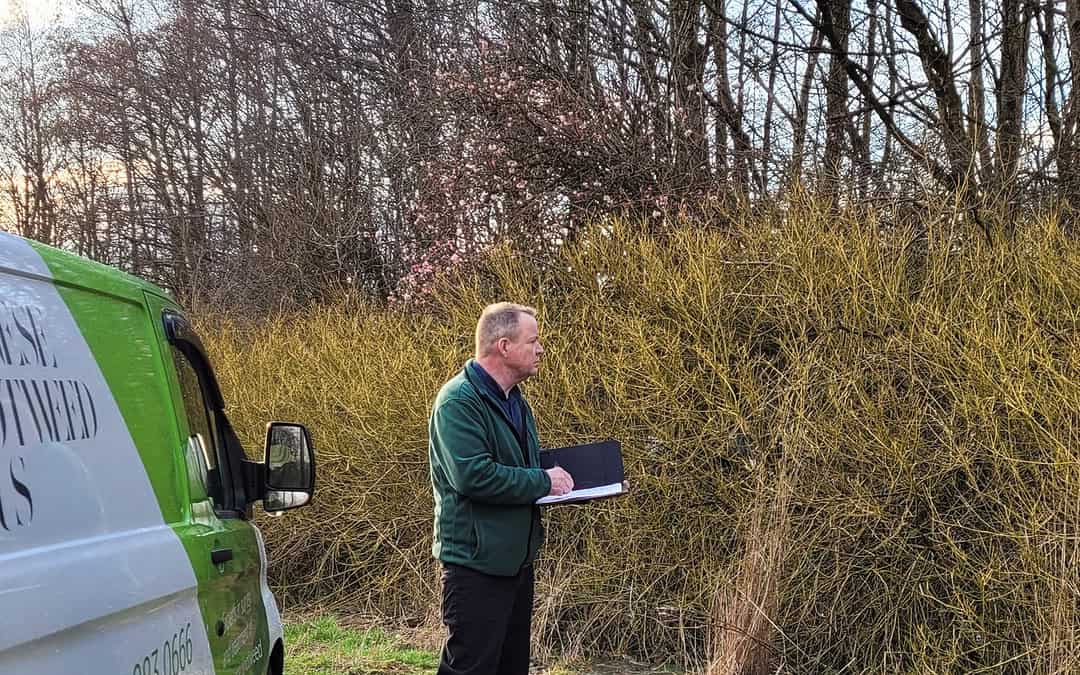How Conveyancing Surveyors Can Avoid Missing Japanese Knotweed
At Japanese knotweed plus we understand the importance of identifying and addressing invasive plant species, such as Japanese Knotweed, during conveyancing surveys. Failure to do so can lead to significant legal and financial consequences for both the buyer and seller. In this article, we will explore the issue of conveyancing surveyors missing Japanese Knotweed and guide how to avoid this costly mistake.
Understanding Japanese Knotweed
Japanese Knotweed is a non-native invasive plant species that has become a significant problem in the UK. It grows rapidly and aggressively, spreading through underground rhizomes and crowding out other vegetation. Its presence can cause damage to buildings and infrastructure, as its roots can penetrate concrete and brickwork. In addition, its presence can significantly reduce the value of a property, as it is difficult and expensive to eradicate.
Why Conveyancing Surveyors Miss Japanese Knotweed
Conveyancing surveyors may miss Japanese Knotweed for several reasons. One common reason is that the plant can be difficult to identify, particularly in its early stages of growth. It can also be challenging to distinguish it from other plant species, such as Russian Vine or Himalayan Honeysuckle, which may look similar.
Another reason why conveyancing surveyors may miss Japanese Knotweed is that they may not be adequately trained or experienced in identifying invasive plant species. This can result in a lack of awareness and understanding of the potential risks associated with the plant, leading to it being overlooked or dismissed as a minor issue.
How to Avoid Missing Japanese Knotweed
To avoid missing Japanese Knotweed during conveyancing surveys, it is essential to have a comprehensive understanding of the plant and the potential risks associated with it. This requires a combination of training, experience, and access to relevant resources and information.
At Japanese Knotweed Plus we provide our conveyancing surveyors with extensive training and resources to help them identify invasive plant species, including Japanese Knotweed. This includes regular updates on the latest research and guidance, as well as access to specialist equipment and testing services.
In addition, we use a range of techniques to help identify Japanese Knotweed, including visual inspections, soil testing, and thermal imaging. This allows us to accurately identify the presence of the plant and assess the level of risk it poses to a property.
Conclusion
Invasive plant species, such as Japanese Knotweed, can have significant legal and financial consequences if they are not identified and addressed during conveyancing surveys. To avoid missing Japanese Knotweed, it is essential to have a comprehensive understanding of the plant and the potential risks associated with it, as well as access to relevant resources and information.
At Japanese Knotweed Plus, we take the issue of invasive plant species seriously and are committed to providing our clients with the highest level of service and expertise. If you require a conveyancing survey, please do not hesitate to contact us to discuss your requirements.
